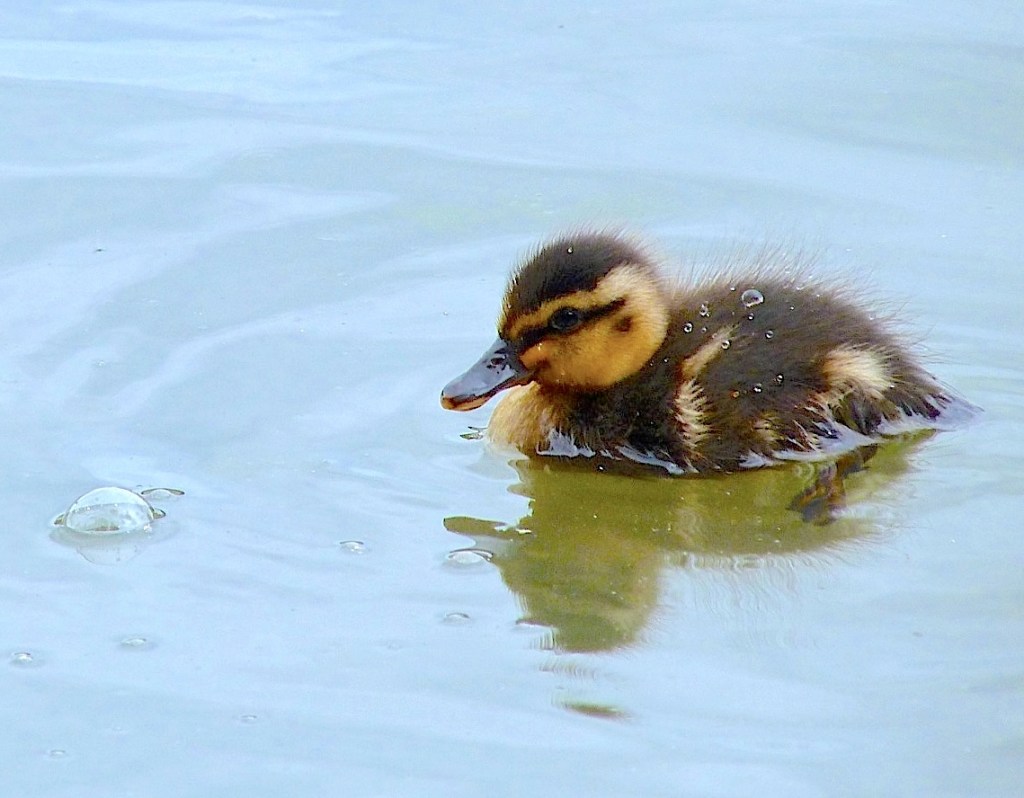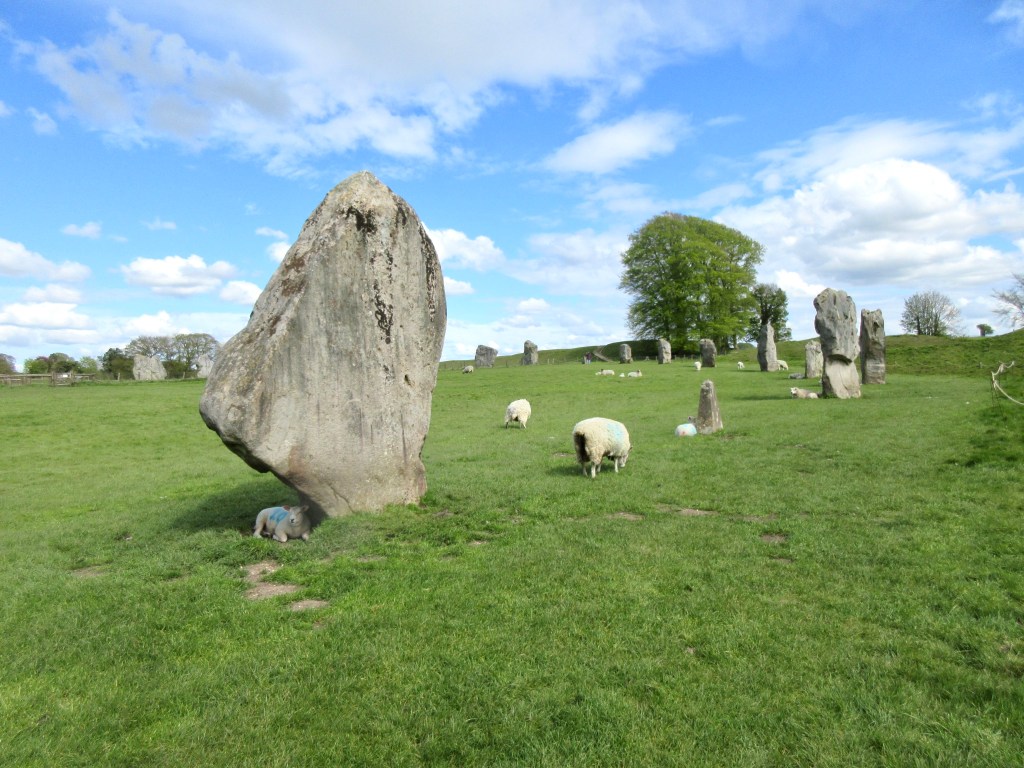
Category: RANDOM
MOBILE HOME
SEAL
BUBBLES
BIRDS OF ABACO . TENTH ANNIVERSARY
THE DOWNLOAD OF THE BOOK OF THE BIRDS
This post relates to an entirely different part of my life and a quite different kind of blog. I used this site to draft it for convenience, using the Private function. Having done so I realised that I can simple post the download here as well. Anyone with an interest in birds might enjoy a quick flick through.
NOTES
- This download is of the entire book
- The top bar contains all the usual ways to make adjustments to the contents
- This is the penultimate version before printing, with a few crop marks etc
- Please let me know if there are any problems with the download
The download is free and can be scrolled on-screen or saved in the usual way. Do share with family and friends. By all means use parts – eg the Checklist – to print for reference. It’s fine to print out a single complete copy for personal use only.
As mentioned in previous posts, I am asking those who choose to download the book to make a modest charitable donation to a local wildlife-related cause or to a local school or an organisation that inspires kids to get involved in the natural world around them.
KEITH SALVESEN
March 2024
rollingharbour.delphi@gmail.com
Thanks to all the many people who contributed to the book including 30 photographers who took brilliant photos; 3 Bahamas bird experts who contributed greatly to the composition and accuracy of the book; the superb printers Conti in Italy; Peter Mantle the inspiration and eminence grise; and my wife Sally whose publishing and editorial skills are second to none, and her patience limitless.
ANCIENT OAK

This huge tree is officially classified as an Ancient Oak. Oaks have three notional ages during their expected lifetime of 900 – 1000 years. Examination by a dendrologist has confirmed that this tree is more than 550 years old. There are signs that it is beginning a very slow decline towards becoming one of those misshapen gnarled oak stumps that date from Norman times.
When this tree was an acorn, the Plantagenet Edward IV was on the throne as the Wars of the Roses trundled to an end with the Yorkists as rulers. America had not yet been discovered. Columbus was a teenager. Leonardo was in his 20s. Michelangelo was a child. Botticelli was honing his precocious skills. Caxton was setting up his first press.
Highly sophisticated methods of dating trees have overtaken the counting of rings, with very specific criteria that go far beyond girth measurement. Behind this tree you can see another oak. It was badly damaged in an autumn storm before it had shed its leaves. At around 250 years old, it is designated a Veteran Oak. Captain Cook was the vogue explorer at that time.












